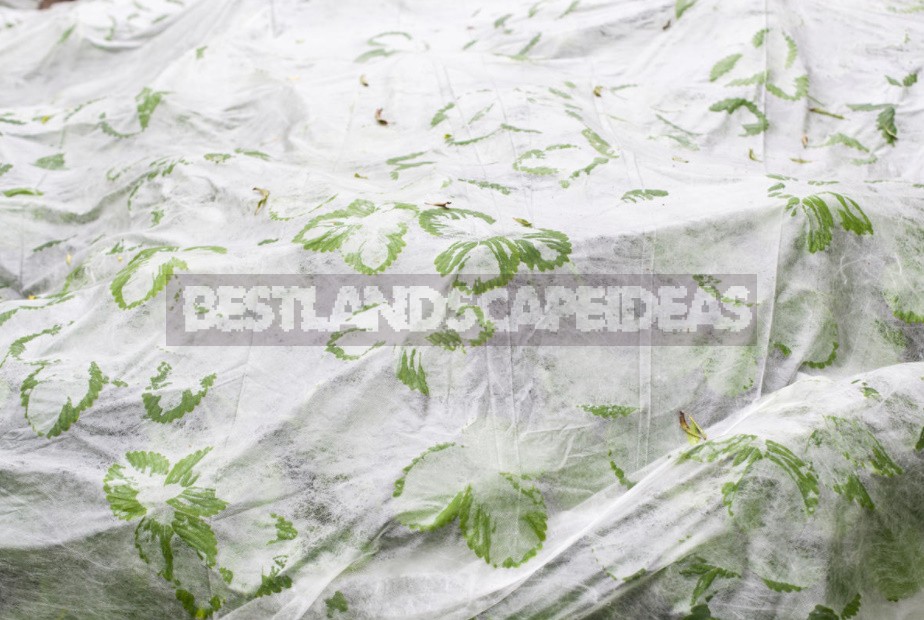
White
White nonwoven fabric is most often used for plant protection. A more dense one is stretched on the frame, a thin and light one is allowed to be placed directly on the plants.
- White 17, 30 g / m². It is used to protect seedlings from frost in the spring and to extend the short summer with the onset of early autumn. Under a non-woven polymer coating with a density of 17 g / m², plants can withstand frosts up to -1°C. Such a shelter will create an optimal microclimate for seed germination and will protect them from pecking out by birds. The spunbond awning will protect you from the scorching rays of the sun — the moisture in the soil will remain better. The thin material is well suited for saving strawberries and cherries from flocks of feathered hunters to berries, and cabbage from cabbage butterflies. Low-density spunbond is lightweight — plants do not break under its weight, so it can be used without supporting arches, laying directly on the shoots.
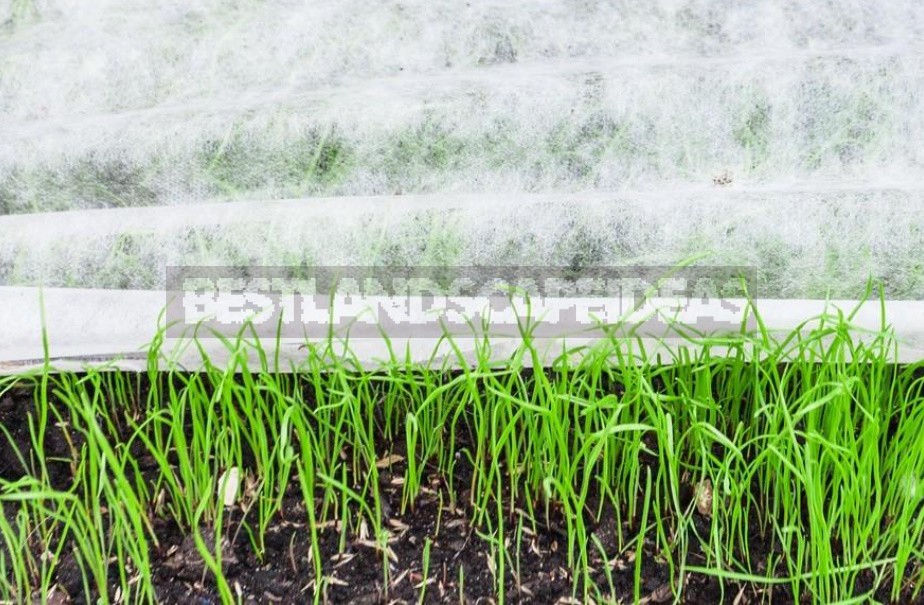
- White 42, 60 g / m². It can be used to create greenhouses or even in a greenhouse-instead of the film or together with it. In a greenhouse under a high-density spunbond, plants can survive more severe frosts (up to -7°C) if the exposure to cold is not prolonged. Non-woven material as a greenhouse coating may be preferable to traditional films, glass or polycarbonate: the material is permeable to air, so in such a room the plants will not “burn”. A greenhouse with a combined coating (the top is waterproof, and the sides are made of spunbond) can be an ideal solution if tomatoes in your climate regularly suffer from late blight: the breathable walls will not allow excess moisture to accumulate in the greenhouse.
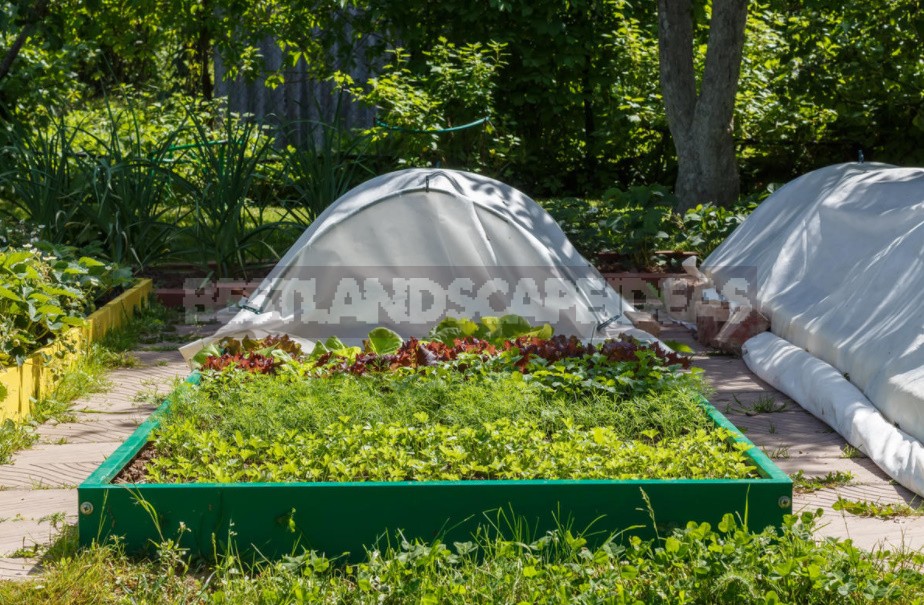
Dense white spunbond can be used not only as a shelter for plants, but also just for covering something. For example, a composter or a pile of manure: a breathable material will ensure the penetration of air and moisture and protect the organic substance from drying out.
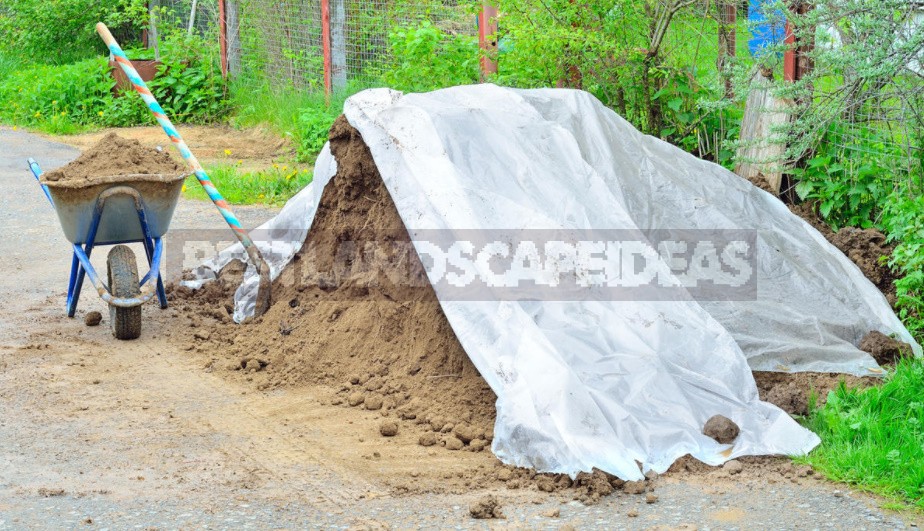
Materials made of polypropylene fiber are an excellent solution for winter insulation shelter for heat-loving sissies: under the spanbond, the plants do not rip out. Summer residents with experience are advised to cover with lutrasil and strawberries, which in most regions winter well and without shelter: in the spring there are no “attacks” and strawberry bushes start growing faster.

Black
This material is more often produced in high density. It is used as a mulch: to restrain the growth of weeds, to ensure the warming of the soil, to retain moisture, to maintain cleanliness in the beds (the fruits do not get dirty when they come into contact with the soil). Opaque spunbond does not let in the light needed by weeds, dark coloring increases heat absorption, and the material itself creates a greenhouse effect.

By the way, useful information for those who have a perfectionism-a way of life: mulching non-woven material is also available with ready-made markings in the form of squares and already cut holes for planting-ideal beds are provided! Strawberries on black spunbond today will not surprise anyone, the technology of industrial cultivation was also to the taste of ordinary gardeners.
Yes and no do not say, black and white do not wear…
Many gardeners complain about black spunbond: it is good in the spring, but in the hot summer it serves a bad service — it is too hot for plants as mulch under it. However, do not rush to say no to black covering material: there are new items among non-woven fabrics.
Black and white spunbond
Manufacturers took into account the complaints and released a two-layer spunbond — white on one side, black on the other. The material is used as a mulch, laid with the white side up. The dark interior still accumulates heat and suppresses weeds — and the white one facing the plants reflects the sun’s rays. It turns out at the same time a double benefit: leaf burns are excluded and the illumination of plants improves. And if you count the black side, then the use of a two-sided spunbond is obvious.

Other interesting options
Strict black-and-white combinations in the country non-woven fashion have come to an end — manufacturers offer multi-colored options.
- White and red. It is more effective for the arrangement of spring greenhouses: the red inner layer at night slows down the dissipation of the heat accumulated during the day, protecting the seedlings from cold spells. Also, the red color, according to experts, accelerates the development of plants.

- Yellow-red is intended for the shelter of plants. The red side saves you from the cold, the yellow side protects you from pests.
- Yellow-black. This material is positioned by manufacturers as a special material for mulching cabbage beds. The black layer (laid down), as usual, helps to better warm up the soil and retain moisture. And yellow (top) — reduces the negative impact of insect pests: cabbage butterflies, seeing such beauty, lose their heads and prefer to lay eggs not on cabbage leaves, but on the yellow surface of the spunbond.
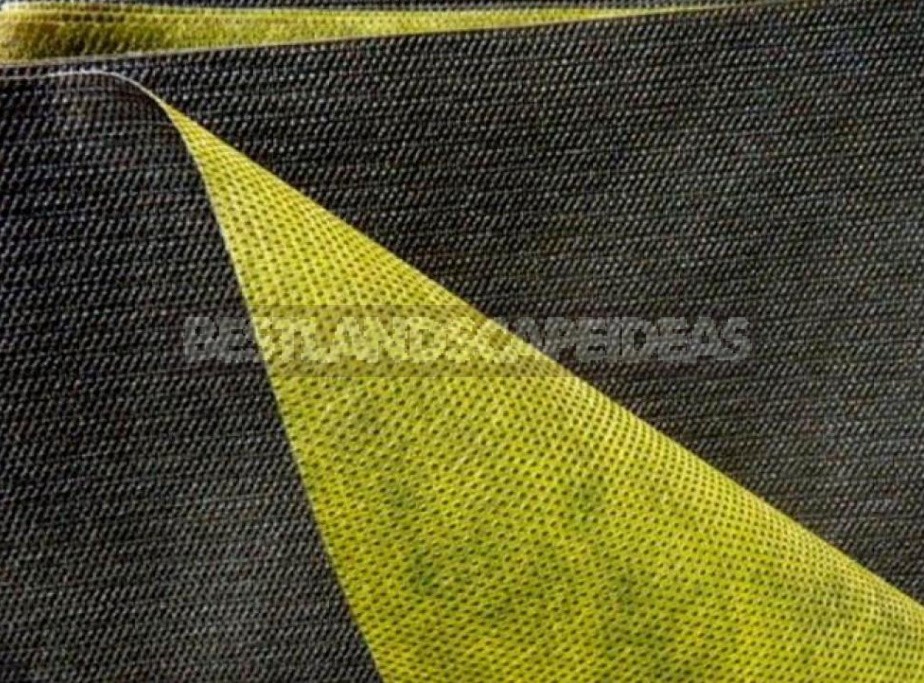
- Foiled-for mulching: black side down, shiny side up. Even more effectively than black and white, it supplies plants with reflected light.
- Foil striped is used for shelters. Shiny stripes on the inside of the greenhouse give additional reflected light.
- Reinforced — for greenhouses and greenhouses. The reinforcing layer, as it is clear, increases the strength of the material.
- Laminated reinforced is also intended for the device of greenhouses and hotbeds. It is a hybrid of non-woven fabric and polyethylene film: the upper layer is covered with lamination, which prevents precipitation from entering the greenhouse, and the lower layer is made of non — woven material, which does not allow condensation to form. The reinforcement mesh inside makes the whole structure more resistant to loads.

If you do not yet use modern non-woven materials in your dacha, then it is worth a try. Today, spunbond surpasses the usual plastic films and other materials for sheltering plants, allowing you to collect early harvests, fight pests, and spend less time weeding. That is, it makes it possible to farm more efficiently, approaching the dream: large harvests with a minimum of costs.
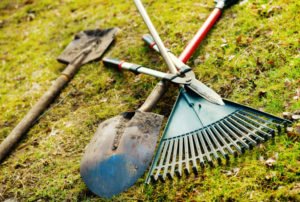
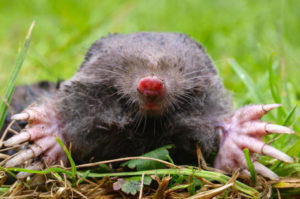


Leave a Reply